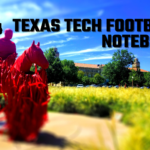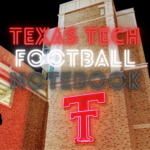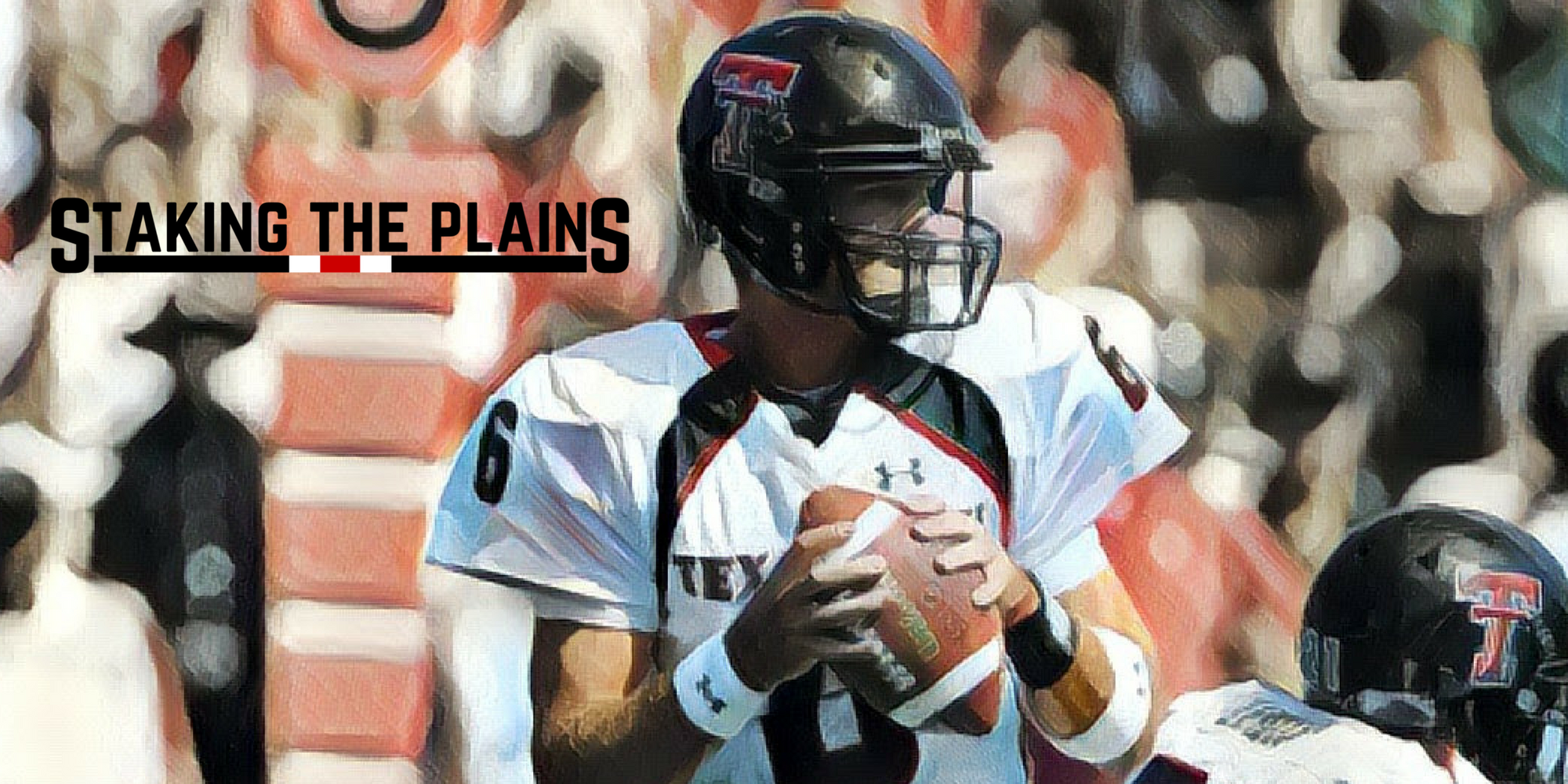When Kliff Kingsbury first took over the head coaching position in December of 2012, we saw Kingsbury go after a certain group of players. Over five years later, it appears the targets have changed. And there’s some reasoning behind that.
Back when the former Red Raider quarterback took over prior to the 2013 campaign, he was going a various of different types of recruits of all size for his first recruiting class (the 2014 class). There were plenty of JUCOs that year due to transfers and the only listed four star was Nigel Bethel II
The stars were even more relevant in 2015 when Texas Tech received several 4-star players. At one point they had commitments from even more four-star players before they decommitted or didn’t sign. They were also in the running for several more, and had a highly rated class.
However, their recruiting strategy changed tremendously in 2016 due to several factors. Coaching changes, the lack of wins and the emergence and recognition of West Texas athletes caused a switched in Kingsbury’s recruiting philosophy.
Coaching Changes: There was an overhaul of the defensive recruiting class at the end of the 2014 season. Matt Wallerstadt was dismissed during the season, and Texas Tech let go of Mike Smith and a couple other defensive assistants after the season.
Entered David Gibbs, who brought in a few assistants like Zac Spavital and Karl Scott with him. Also, other coaches like Emmett Jones, Terrance Jamison and Brandon Jones joined the staff.
These coaches not only brought different coaching methods and schemes, but also brought in different ideas of prospects. For example, we started seeing defensive backs go from smaller sizes to bigger, where 6’0″players were the minimum and average height was around 6’1″ or 6’2″.
Offensive Line got real big, real quick. Tech started to get commitments from linemen that were 6’6″ or above, including several 6″7″ players and even a 6’11” player. Receivers for a while also focused on height as well, with no receivers under 6’0″ (KeSean Carter and Sterling Gablan broke that mold this past class).
Now some of these are flawed, like no smaller defensive backs and no smaller wide receivers, but at least their focusing on guys that will fit their system and adjustments have been made.
Bad Overall Record: When Kingsbury first got to Texas Tech, he was a bright, young coach who had promise of getting the Red Raiders in the national spotlight and compete for Big 12 titles. The recruits believed that too, as the first two full classes were ranked in the Top 40.
It looked well as first, as the Red Raiders started 7-0 and were ranked in the Top 10, eventually beating No. 14 Arizona State in the Holiday Bowl. However, they crashed hard next season with a 4-8 record, their worst record since 1983. Even having an outstanding quarterback in Patrick Mahomes wasn’t enough.
Therefore, with a dwindling record and under .500 record in three of the past five seasons, high end recruits didn’t believe the hype that was once around Kingsbury and Tech had to go after others.
I know some of y’all are on the “stars don’t matter argument”. And even though that’s true, that’s also inaccurate. There’s a reason why the teams that go to the college football playoff and national championship games consistently have highly recruited classes. It’s like a pro team with several first and second rounds picks instead of having fourth or fifth round picks.
That doesn’t mean Texas Tech can’t win though. The Red Raiders have to find guys who fit their scheme and perhaps are overlooked by big time programs for one reason or another. They also needed to be coached up well. If this happens, Texas Tech will start getting wins, and maybe eventually start getting some higher recruiting classes again.
West Texas Recruits: For the first couple years of the Kingsbury era, there was a lack of recruiting west of Abilene. The recruiting hubs in Texas are primary in Dallas, East Texas and Houston, with San Antonio and Austin sprinkled in, but West Texas generally doesn’t get the same attention.
While that means there isn’t as much talent, it doesn’t mean there isn’t any talent here at all. Especially in recent years with more West Texas guys on the radar. Kingsbury has some D-1 guys in his backyard and he’s finally taking advantage of that.
The Red Raiders landed Desmond Smith from Odessa in 2016. They also got Myller Royals in 2018 and went after a few other West Texas athletes that class. The 2019 class is where we’re going to see the West Texas push.
Trevor Roberson and Maverick McIvor, two commits for the upcoming class, are not far from the campus. Peyton Powell and King Doerue are from the area and are some of the top targets for Texas Tech. The Red Raiders are even going after some El Paso recruits in Khatib Lyes and Deion Hankins.
That’s kind of where recruiting is at the moment right now. It’s way different than when it started, but perhaps the young coach finally found something that works for his program and what he wants to build.









